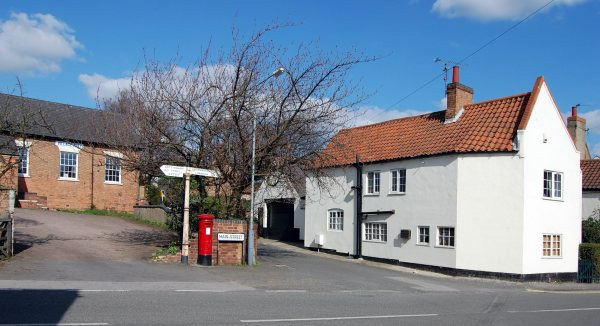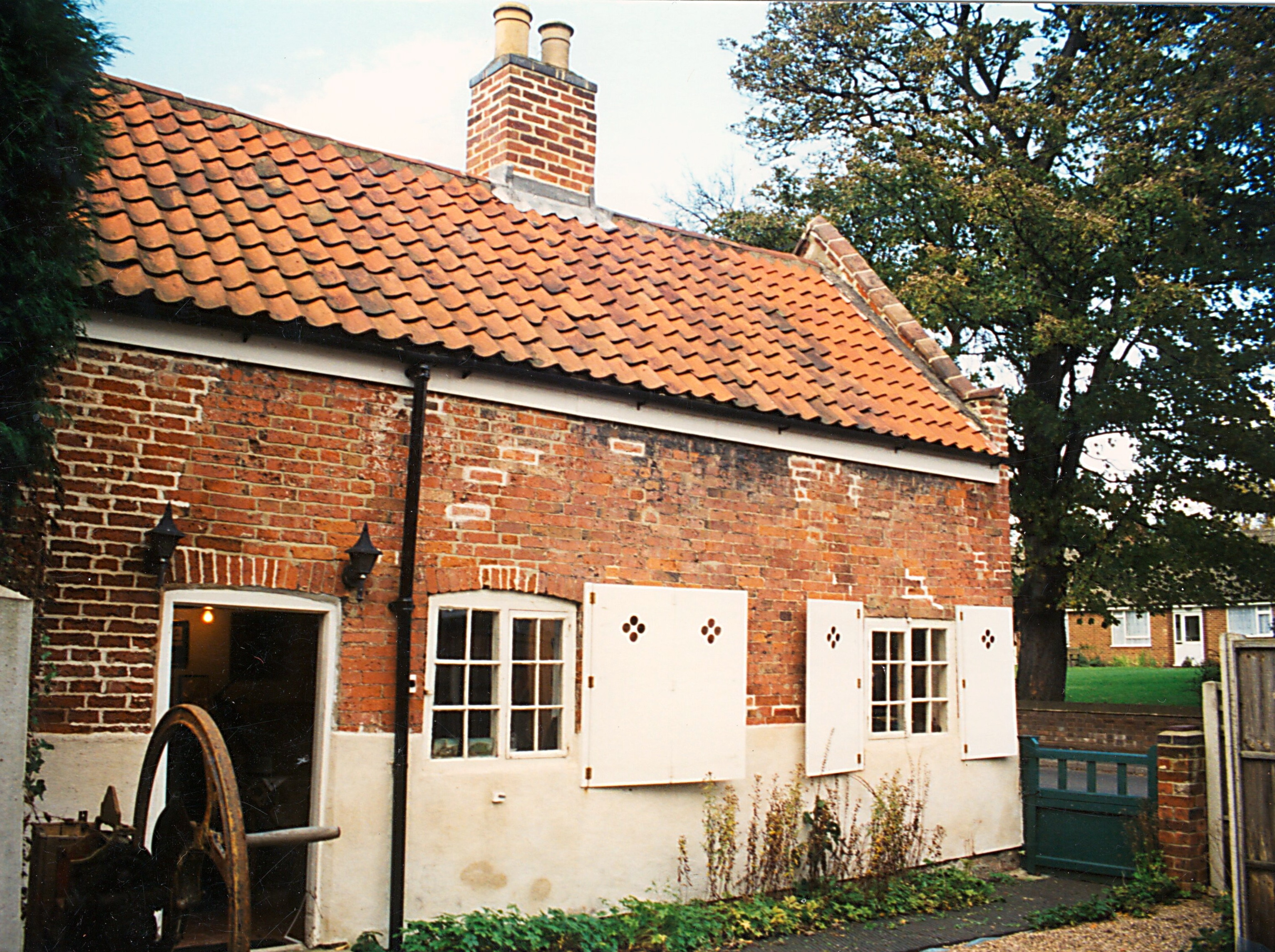Calverton
The village of Calverton, seven miles north-east of Nottingham, is situated on one of the small tributaries of the Dover Beck. There are indications of settlement in the area going back several thousand years, including during the Iron Age. Evidence of Roman occupation includes the site of a military camp from the period and two hoards of coins found in the area. In 1086, mention was made in the Domesday Book of Calverton having a church, while in medieval times Calverton was the location for one of the Forest Courts that administered the Royal Forest of Sherwood. The village is the birth place of the Framework Knitting Machine, in 1589 by William Lee, which revolutionised the way garments were produced. Lee’s invention is still at the core of the computer-controlled machinery used in the worldwide hosiery industry today.
A famous Calvertonian, Sir John Sherbrooke, a hero of the Napoleonic Peninsular Wars and later Governor-General of Canada, is buried in the family tomb at nearby Oxton. A somewhat unusual character was John Roe. Roe founded a religious sect known as ‘Roeites’ or Reformed Quakers in Calverton in the 18th century and members of the sect were baptised in the pond in his garden. John Roe is also remembered for developing a fine species of plum tree, grown locally to this day.
There are several buildings surviving from the early 19th century. Most of them are former farm buildings. A former hosiery factory, dating from about 1830 still stands on Main Street. Until the 20th century the existence of Calverton continued to be linked to the domestic knitting industry as well as to agriculture. A hosiery factory was built in the 1890s. In 1952 Calverton Colliery opened, the first new mine under the nationalisation scheme. In 1950 Basford Rural District Council published a plan for the development of a New Town at Calverton, with development of industrial estates alongside housing for miners and the factory workers attracted to the new town. Calverton began to assume its present identity, with new housing and a marked growth in population. A shopping precinct opened at St Wilfred’s Square in 1963.
Although the colliery closed in 1994, population numbers continue to rise as Calverton acquires the characteristics of a large commuter village. Calverton Folk Museum showcases the history and heritage of the community. It is open on Sundays in summer.
www.nottsheritage.co.uk/directory_listing/calverton-folk-museum .



